How To Use A DIY Shampoo Bar To Cleanse Your Hair
Cleanse your hair naturally and create that effortless shine to the locks with DIY shampoo bars
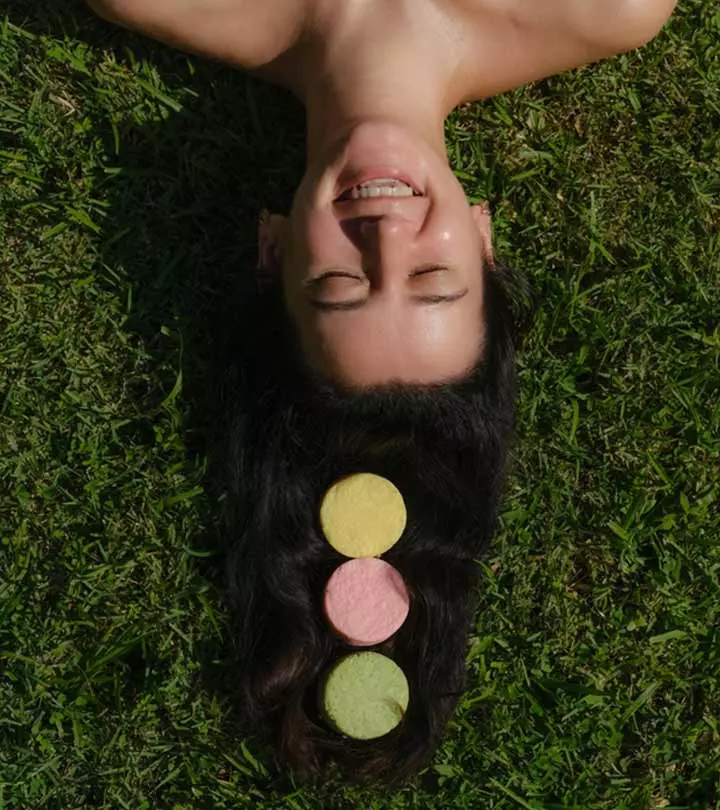
Image: Shutterstock
The advantage of DIY shampoo bars is the freedom you have to personalize recipes to cater specifically to your hair type and issues. Wondering where you can find shampoo bar recipes that you can try from the coziness of your home? Right here, of course!
Commercial shampoos contain chemicals that may aggravate your hair issues. But DIY shampoo bars are made with natural ingredients and no added preservatives or harsh chemicals. These bars cleanse your hair and moisturize your locks without causing any damage. Check the DIY shampoo bar recipes here.
In This Article
Benefits Of Using Solid Shampoo
- Package-Free: If you are environment-conscious and hate plastic waste, switching to DIY shampoo bars helps you avoid wasteful packaging.
- More Concentrated Than Traditional Shampoos: This means one shampoo bar lasts for months compared to the traditional liquid shampoo bottles.
- Convenient To Carry: Shampoo bars are travel-friendly and easier to pack, and you need not worry about spillage or liquid restrictions while traveling.
- Customizable: You can customize the recipe and mold it according to the unique needs of your hair.
- Natural Product: Go chemical-free with DIY shampoo bars, minimizing all chances of hair damage.
If you are worried about using shampoo bars regularly, check out the following section for clarity.
Key Takeaways
- DIY shampoo bars are made with natural ingredients, addressing specific hair issues.
- You can use coconut oil, olive oil, babassu oil, tallow, and essential oils in your homemade shampoo bars.
- These shampoo bars are gentle on the hair can and suitable for regular use.
Are Shampoo Bars Good For The Hair?
Shampoo bars can benefit your hair in more ways than one. Crafted with natural ingredients, they provide a gentle cleanse that preserves your scalp’s natural oils and promotes overall health. These bars are not only eco-friendly but also contribute to reducing plastic waste, making them an ideal choice for those who are looking for an environmentally sustainable option for regular hair care. They are also travel-friendly and tend to last longer than traditional liquid shampoos. However, your hair may need time to adjust to this format. We recommend opting for a shampoo bar made for your specific hair type and concerns for optimal results.
Cee, a blogger, shares her excitement about trying a new shampoo bar recipe. The recipe caught her interest because it excludes coconut oil and palm oil while incorporating conditioning oils like avocado oil and shea butter. Cee expresses anticipation for the results, noting that the shampoo bar is praised for leaving hair feeling silky and smooth rather than dry and straw-like. She also adds, “I’m really looking forward to trying this shampoo bar once it cures (i).”
Let’s now check out some DIY shampoo bar recipes you can try at home.
4 DIY Shampoo Bar Recipes You Can Try At Home
Before preparing the shampoo bars, gather the following tools and items:
- 8-quart crockpot
- A digital scale
- Glass measuring cups
- Stick blenders
- Small glass bowls
- A wooden spoon with a long handle.
- A bowl with equal parts of ACV and water
- Protective equipment like eyewear, safety glasses, plastic/rubber gloves, and a long-sleeved shirt
- Silicone mold
- Parchment paper (for lining the mold).
1. Coconut Oil Shampoo Bar Recipe
Ingredients
- 33 ounces of coconut oil
- 12.54 ounces of water
- 5.44 ounces of lye
- 1/2 ounce of essential oil(s) (optional)
Note
: For dry hair, use 5.32 ounces of lye
Directions
- Wear all protective gear.
- Pour coconut oil into the crockpot and heat it on a low flame.
- In a separate bowl, add water and heat it. Slowly add the lye to the water and mix. (Precaution: Do not do it the other way around. The mixture heats up quickly, so stir cautiously.)
- When the mixture turns clear, let it cool for 5 to 10 minutes.
- Add the mixture to the crockpot and stir until
- it has a light pudding-like texture and consistency.
- Cover and cook the mixture on a low flame for 45 minutes to an hour. The oil should rise like a wave on the sides of the crockpot and then subside. Keep checking the mixture. When the mixture turns semi-translucent or petroleum jelly-like, without any oil puddles, it is ready.
- Measure the pH using pH strips. It should be between 7 and 10.
- Add the essential oils (if using) and mix.
- Scoop the mixture into the mold for cooling.
- Cut the bar once it is firm and cool.
- Store the DIY shampoo bars in a cool and dry place. Use them after 2 to 3 weeks.
 Quick Tip
Quick Tip2. Tallow Shampoo Bar Recipe
Ingredients
- 10 ounces of grass-fed tallow
- 10 ounces of castor oil
- 10 ounces of refined coconut oil
- 6 ounces of olive oil
- ½ ounce of essential oil
- 13.68 ounces of water
- 5.11 ounces of lye
Directions
- Mix tallow, castor, olive, and coconut oils in the crockpot and heat on a high flame. Maintain a temperature of 100°F.
- Once the oils melt, let them cool down. Stir it gently.
- Heat the water in a separate heat-safe container and carefully mix the lye in it.
- When the lye turns clear, let it cool for 10 minutes.
- Add the lye to the oil mixture. Both the oils and lye mixture should be cool while mixing. Mix with an immersion blender.
- Once the mixture turns semi-translucent and has a pudding-like consistency, it is ready.
- Add essential oils and mix.
- Pour the DIY shampoo bar mixture into the mold after lining it with parchment paper.
- Let it cool for 24 hours. Slice the bar into smaller pieces.
- Store the bars in an area with good airflow and let them cure for at least two weeks before using.
 Pro Tip
Pro Tip3. Babassu Oil Shampoo Bar Recipe (Without Lye)
This shampoo bar recipe is ideal for sensitive scalps.
Ingredients
- 1 ounce of mild baby soap or soap-free cleansing bar
- 0.070 ounces of babassu oil
- 10 drops of essential oil
- 15 drops of argan oil
- 1 pinch of dried herbs (powdered)
Directions
- Finely grate the baby soap or cleansing bar in a bowl.
- Mix the oils and powdered herbs with the grated soap.
- Knead the mixture well until it forms a dough. Use a muffin tin to give it a shape and press.
- Leave the soap for a few hours to mature and then use it.
4. Olive Oil Shampoo Bar Recipe
Ingredients
- 9 ounces of olive oil
- 9 ounces of coconut oil
- 5 ounces of cocoa butter
- 6 ounces of castor oil
- 4 ounces of apricot kernel oil
- 1 ounce of beeswax
- 1 ounce of shea butter
- 13 ounces of filtered water
- 1 ounce of essential oil
- 4.6 ounces of lye
Directions
- Mix all the oils, beeswax, and shea butter in a stainless steel pot. Heat the mixture and maintain a temperature of 100°F.
- Heat water in a separate bowl and add lye to it. Mix well and let the mixture cool to 100°F.
- Mix the oils and lye-water mixture. Both should be at 100°F while mixing.
- Add the essential oils and mix.
- Once the mixture has a pudding-like consistency, pour it into a mold.
- Let the mixture solidify for 24 hours.
- Remove the shampoo bar from the mold and cut it into pieces.
- Let the bars cure for 4 to 6 weeks before using.
Once the shampoo bars are ready, you can use them to wash your hair. Here is a guide to using them properly.
How To Use DIY Shampoo Bar Recipes
For best results, it is important to use the soap properly.
- Rinse your hair with cool water.
- You can directly rub your hair with the shampoo bar. Or, rub the bar between your palms and lather before applying it to the hair.
- Massage your scalp well and rinse with room temperature water.
The final impact on your hair will depend on multiple factors like:
- A hot shower can damage your hair and make it frizzy. Hence, always use lukewarm or room-temperature water to wash your hair.
- The pH of a normal DIY shampoo bar is between 6 and 7. If it is not within this range, it may affect the hair and scalp health and cause dryness.
- Using hard water may deposit soap scum on your hair. Check the water quality. Use post-shampoo apple cider vinegar rinse or clarifying shampoo to get rid of it.
Natural products do not always mean risk-free. Here are a few risks associated with using shampoo bars.
What Are The Risks With Shampoo Bars?
When you switch to natural shampoo bars from commercial shampoos, initially, your hair may feel:
- Sticky
- Dry or oily
- Less shiny
- Tangled
- Dull
Shampoo bars may also sensitize the scalp. This is because the hair goes through detoxification and takes time to adjust to the new hair care routine. Commercial liquid shampoos contain water, while solid shampoo bars are more concentrated. They contain mild surfactants and plant-derived moisturizing ingredients. However, this is a phase, and it will pass in a few months.
Washing hair with soap or a shampoo bar does have a few setbacks. Shampoo bars may also leave soap scum on the scalp and cause buildup. Ensure that you thoroughly cleanse the scalp to remove buildup. You may use diluted apple cider vinegar or clarifying shampoo (once a week) to remove soap scum. Also, avoid ingredients you are allergic to.
Shampoo bars can also dry the hair and contribute to hair loss, especially if they are used daily.
DIY shampoo bars are made of natural ingredients and are considered a great alternative to traditional shampoos. You can prepare shampoo bars based on your hair type and needs. They are convenient, chemical-free, and more concentrated than regular shampoos. Additionally, they do not contain harmful chemicals and moisturize your locks without damaging them. Coconut oil, tallow, babassu oil, and olive oil shampoo bars are some popular DIY shampoo bar recipes. However, your hair may feel sticky, dull, less shiny, oily, and tangled initially when you switch from commercial shampoos to natural ones.
Frequently Asked Questions
How often should you wash your hair with a shampoo bar?
You may wash your hair 3 to 4 times a week but not more than that. Also, do not forget to follow a strict before-and-after care routine to eliminate buildup.
Can you use mica in shampoo bars?
Yes, you may use mica in shampoo bars. But make sure it is suitable for your hair.
If you’re an economically conscious consumer, DIY shampoo and conditioner bars are your holy grail! Embrace a new hair care routine with this eco-friendly option. Watch this video for a step-by-step tutorial on crafting your own shampoo and conditioner bars.
Personal Experience: Source
StyleCraze's articles are interwoven with authentic personal narratives that provide depth and resonance to our content. Below are the sources of the personal accounts referenced in this article.
(i) Trying a new recipe – Shampoo Barhttps://oilandbutter.blogspot.com/2013/02/trying-new-recipe-shampoo-bar.html
Read full bio of Alicia Igess
Read full bio of Ramona Sinha
Read full bio of Anjali Sayee
Read full bio of Monomita Chakraborty








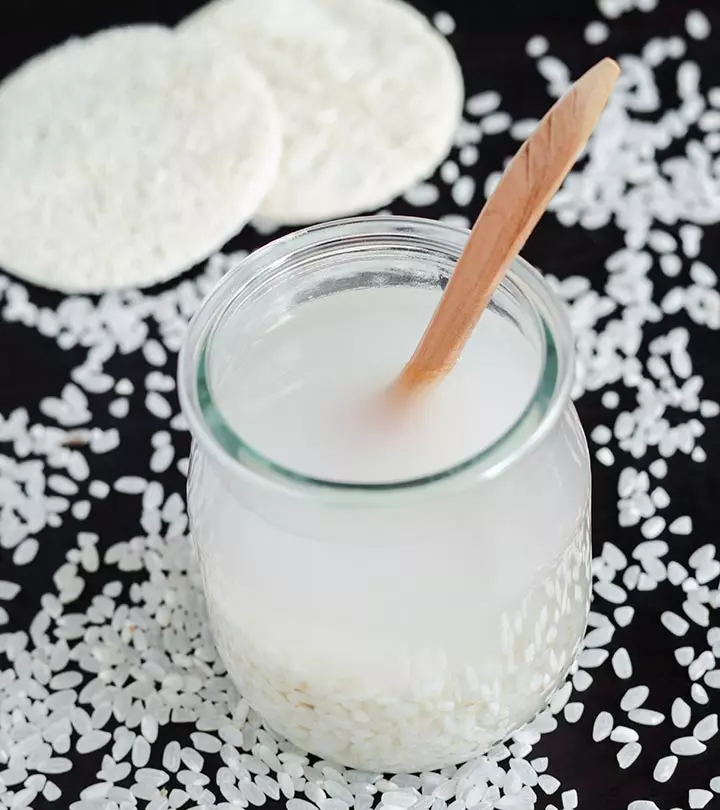
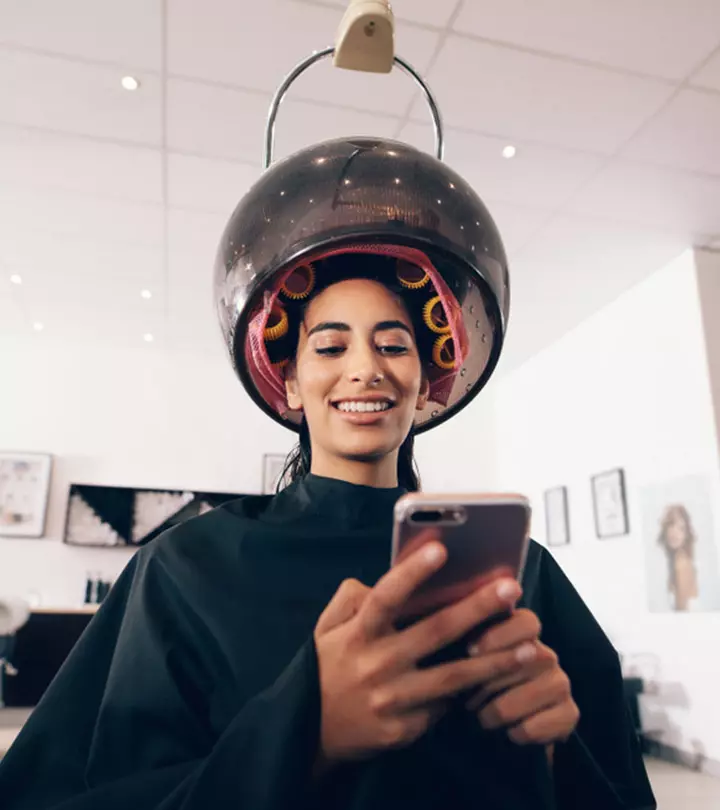

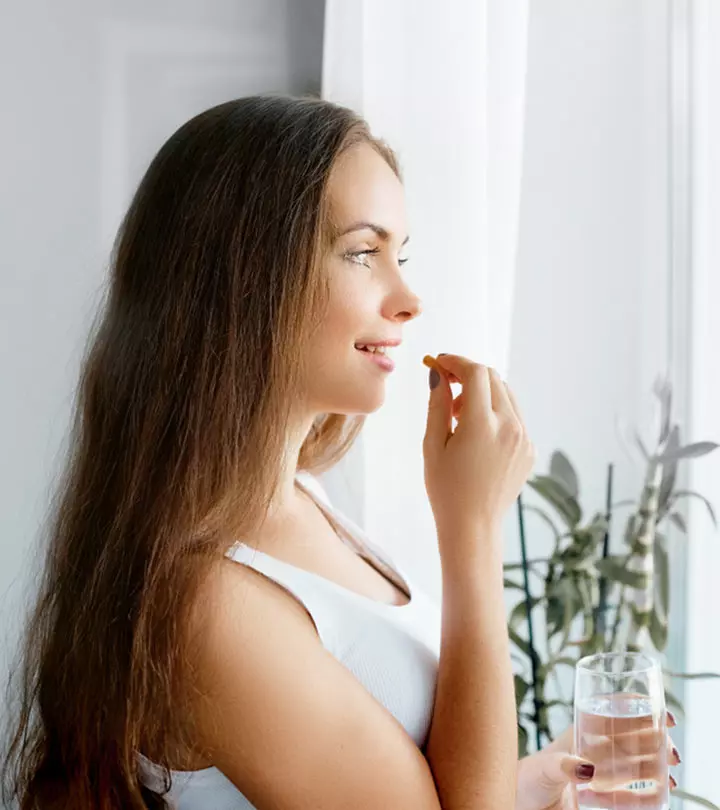

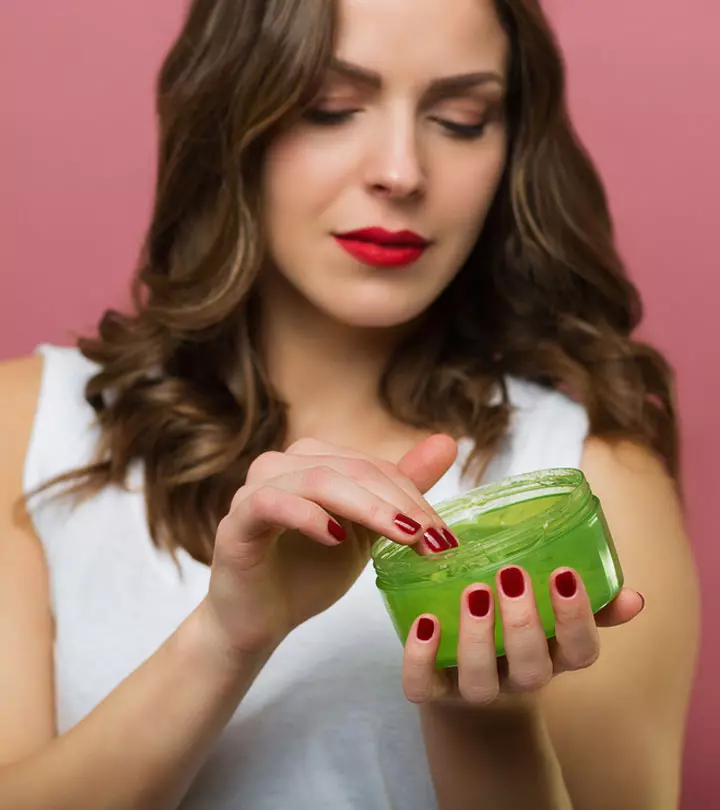







Community Experiences
Join the conversation and become a part of our empowering community! Share your stories, experiences, and insights to connect with other beauty, lifestyle, and health enthusiasts.